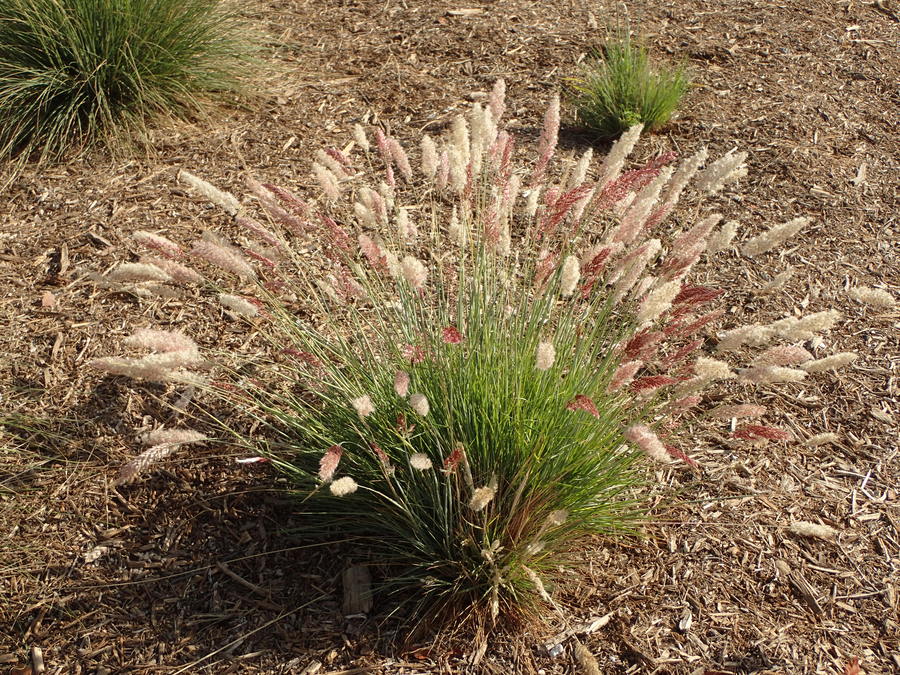Created on: Monday, Jan 25th, 2016
In California is an annual or short-lived perennial (Jepson).
Jutta Burger revised the original evaluation that was conducted in 2016 by Kristina Wolf.
Web resources accessed for 2021/2022 revision:
GBif: https://www.gbif.org/species/2702504 Accessed 2/9/2022
CABI: https://www.cabi.org/isc/datasheet/116730 Accessed 2/10/2022
https://www.fs.fed.us/database/feis/management_project_summaries/CFILN11... Accessed 2/10/2022
The following websites were referenced or searched for the original 2016 screen:
http://www.tropicos.org/Name/25518941
https://npgsweb.ars-grin.gov/gringlobal/taxonomydetail.aspx?409666
http://www.desertmuseum.org/invaders/invaders_natalgrass.php startChar=N&queryParam=comname&sort=comname&format=Print
http://www.calflora.org/cgi-bin/species_query.cgi?where-calrecnum=12147 http://www.sfgate.com/homeandgarden/article/Lawn-begone-3201642.php http://herbaria4.herb.berkeley.edu/eflora_display.php?tid=91775 http://www.zimbabweflora.co.zw/speciesdata/species.php?species_id=107420 http://www.herbarium.usu.edu/webmanual/info.asp?name=Melinis_repens&type... http://www.kew.org/data/grasses-db/www/imp06222.htm https://www.researchgate.net/publication/232680081_Seed_Biology_and_Ecol... https://florabase.dpaw.wa.gov.au/browse/profile/14985 http://esameetings.allenpress.com/2007/P6105.HTM https://eco.confex.com/eco/2008/techprogram/P12040.HTM http://www.feedipedia.org/node/389 http://www.bioone.org/doi/abs/10.1614/WS-D-11-00028.1 http://davesgarden.com/guides/pf/go/59604/#b http://www.plantbook.org/plantdata/weeds/w_melinis_repens.html http://www.hear.org/pier/wra/pacific/melinis_nerviglumis_htmlwra.htm http://www.hear.org/pier/wra/pacific/melinis_minutiflora_htmlwra.htm https://www.daf.qld.gov.au/__data/assets/pdf_file/0008/64637/IPA-Assessm... http://ntbg.org/herbarium/detail.php?tempid=28131 https://www.anbg.gov.au/photo/apii/id/dig/19652 http://www.eol.org/pages/1115846/details http://www.efloras.org/florataxon.aspx?flora_id=1050&taxon_id=200026134 http://ufdc.ufl.edu/UFE0042608/00001 http://digitalcommons.fiu.edu/cgi/viewcontent.cgi?article=1800&context=e...
- < 13 : Low Potential Risk
- 13 - 15 : Moderate Potential Risk
- > 15 : High Potential Risk

